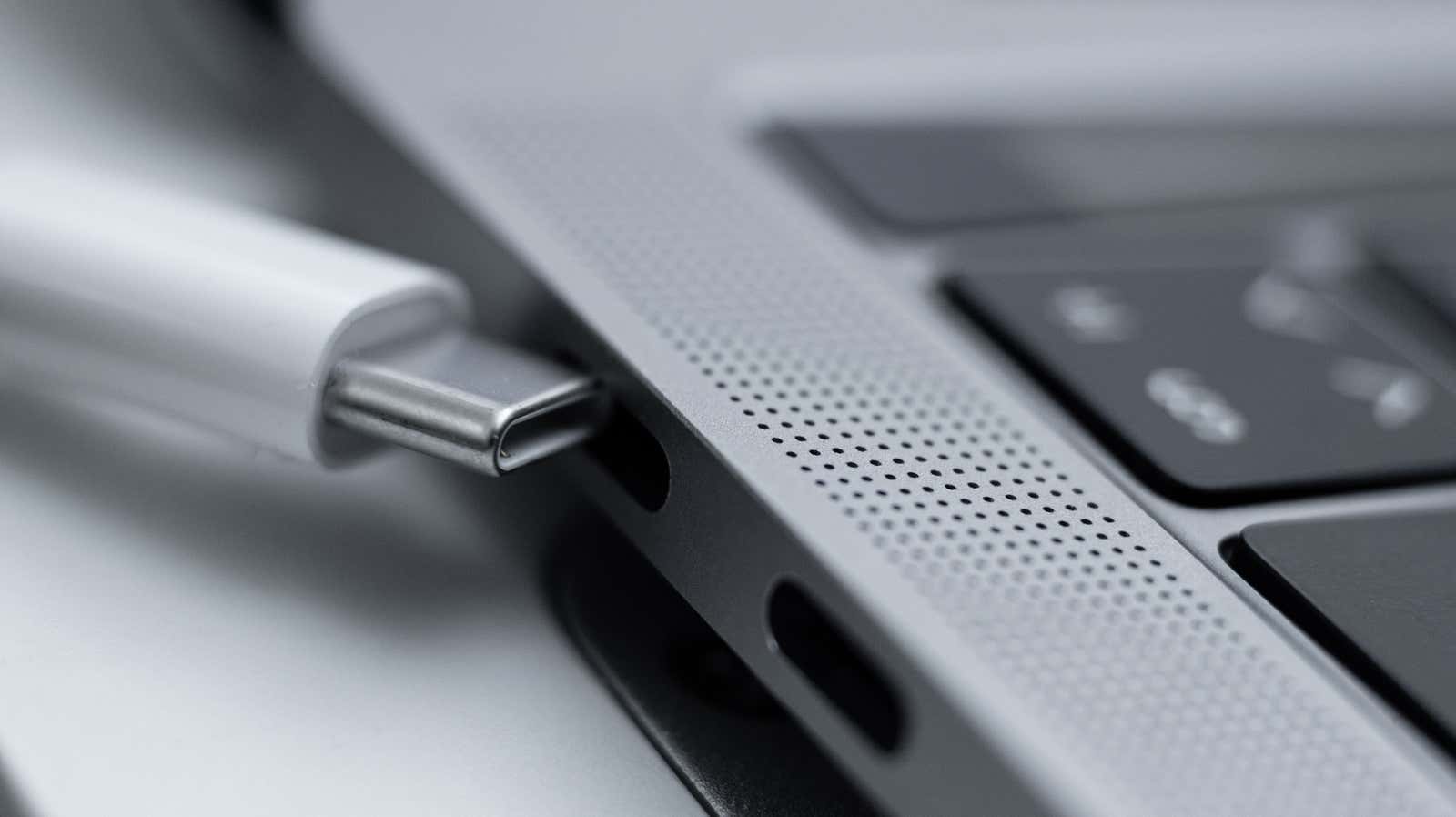How to Extend the Battery Life of Your MacBook

Apple is adding a new feature in macOS Catalina 10.15.5 that changes the way you charge your MacBook, which should hopefully allow you to extend the life of your device’s Achilles heel: its battery.
How it works? Simply put, your MacBook will stop charging to maximum if it detects that it could affect your laptop’s battery life. That’s all. As Apple describes :
“The battery health management feature in macOS 10.15.5 is designed to extend battery life by reducing the rate at which it chemically ages. It does this by keeping track of your battery’s temperature history and charging mode.
Based on the collected measurements, the battery health management system can reduce the maximum battery charge in this mode. This happens on an as needed basis to ensure that your battery charges to a level optimized for your use, which reduces battery wear and tear and slows down chemical aging. ”
However, this feature won’t tell you the percentage – like how much of your MacBook’s maximum battery life is being used. Your laptop will still show that your laptop is “100%” charged, but this now means that this is 100 percent of what Apple has identified as the best overall charge for your laptop, not 100 percent of it. full battery. Clear?
How to get your hands on Apple’s battery saver early on
Since this new battery saving feature is missing from macOS Catalina 10.15.5, you can’t access it right now without a little creativity. Pull out your MacBook, fire up Safari and go to betaprofiles.com . Find the link for the latest macOS beta profile , click it and download the .DMG file. Install it and you sign up for the Apple Developer beta for macOS.
After the macOS Developer Beta Utility has finished installing, go to System Preferences> Software Update to install the correct macOS Catalina Beta. Pour yourself a drink or make a sandwich, this update will take a while.
Once macOS restarts to beta 10.15.5 (or later), you’re good to go. Apple’s Battery Saver feature is already on by default, so sit back and enjoy the extra life you’ve just given your aging MacBook battery.
I recommend a different approach. Charge your laptop to 100%, unplug it, play a movie in VLC , loop the movie to keep it playing forever, and use a stopwatch to see how long it takes your battery to drain. Keep this number because …
How to disable Apple’s new battery saver feature for macOS
If you find that your MacBook has been out of battery for as long as it used to, you should check to see if you should turn off the Apple feature. Assuming you’ve followed the stopwatch routine I just talked about, open System Preferences> Power Saver and click the Battery Status button in the bottom right corner:
Uncheck the “Manage battery health” box to disable Apple’s battery life feature (after Apple’s dire warning that it’s not a good idea). After that, charge your MacBook to maximum, loop the same movie in VLC, and determine how long it will take for your battery to drain.
If there are no changes or minimal changes, you can also follow Apple’s advice and leave this feature enabled. However, if you’ve lost an hour or two of your total battery life, you’ll have to decide which is worse: less battery time or less battery life . If you plan on upgrading over the next year or so, I would go with the former. If you’re going to cling to your MacBook until it stops working, save time on your bad battery or start saving up for a replacement .